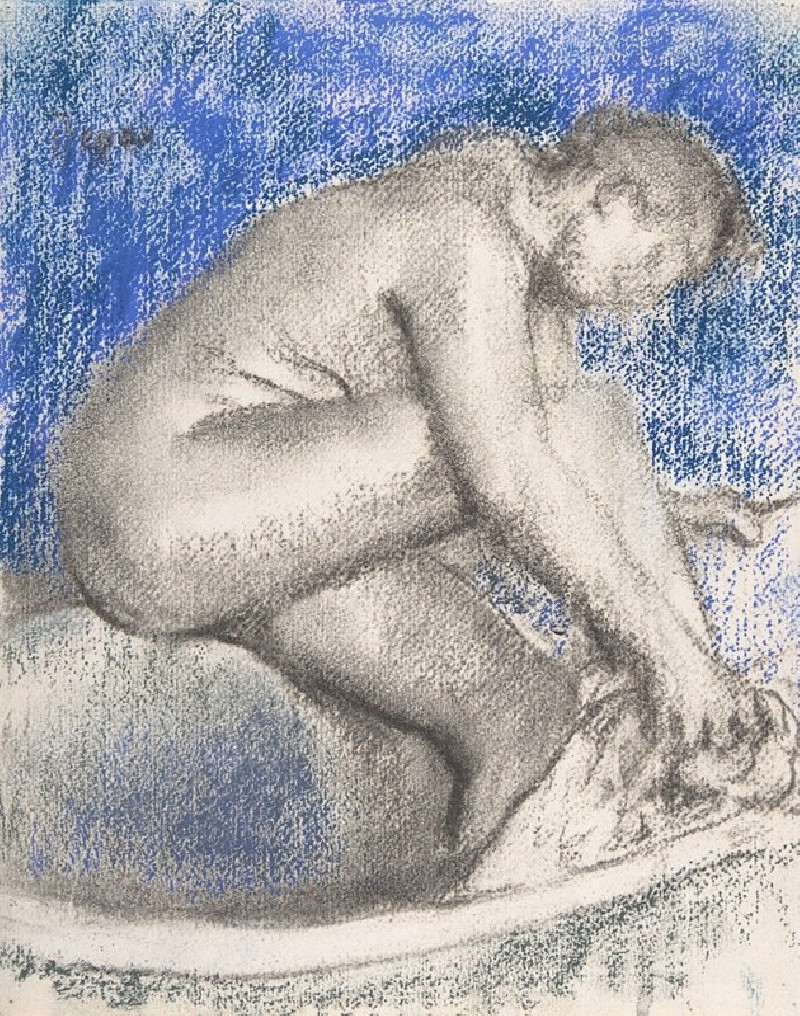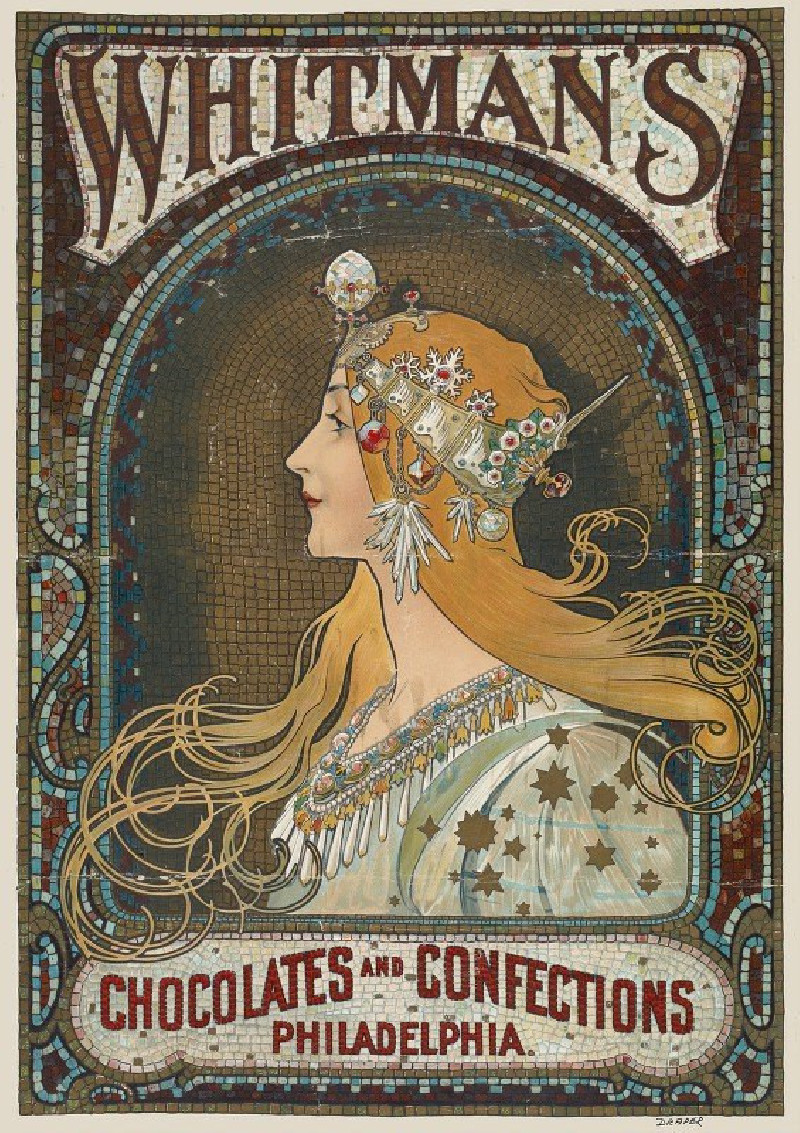A Sleeping Leopard
Technique: Giclée quality print
Recommended by our customers
More about this artwork
This painting by George Stubbs, titled "A Sleeping Leopard," is a detailed and evocative depiction of a leopard curled up in a peaceful sleep under the shelter of a tree. The artwork is executed with a high degree of skill, emphasizing the texture and pattern of the leopard’s fur, which is rendered in realistic spots and rosettes. The scene is bathed in shadow, which adds to the sense of quiet and seclusion, suggesting that the leopard is in a safe, secluded spot, perhaps suggesting its natural habitat.The background and immediate surroundings of the leopard are rendered in a dark, monochromatic tone, focusing all attention on the animal itself and its serene posture. The gentle curves of the leopard's body and its tucked position convey a sense of tranquility and contentment. This piece beautifully showcases Stubbs' mastery in depicting animals and his ability to capture the essence of their behavior in their natural settings.
Delivery
Returns
George Stubbs (25 August 1724 – 10 July 1806) was an English painter, best known for his paintings of horses. Self-trained, Stubbs learnt his skills independently from other great artists of the 18th century such as Reynolds and Gainsborough. Stubbs' output includes history paintings, but his greatest skill was in painting animals, perhaps influenced by his love and study of anatomy. His series of paintings on the theme of a lion attacking a horse are early and significant examples of the Romantic movement that emerged in the late 18th century. He enjoyed royal patronage. His painting, Whistlejacket hangs in the National Gallery, London.

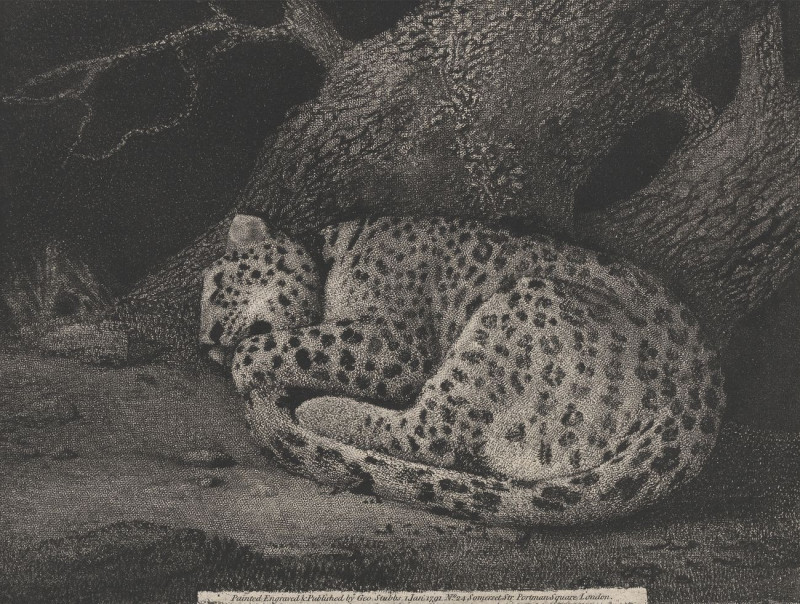

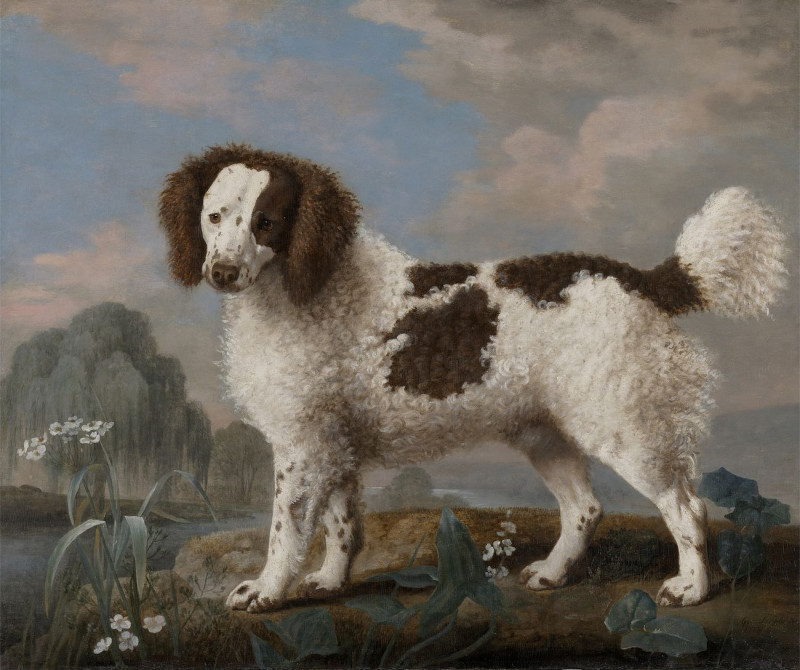
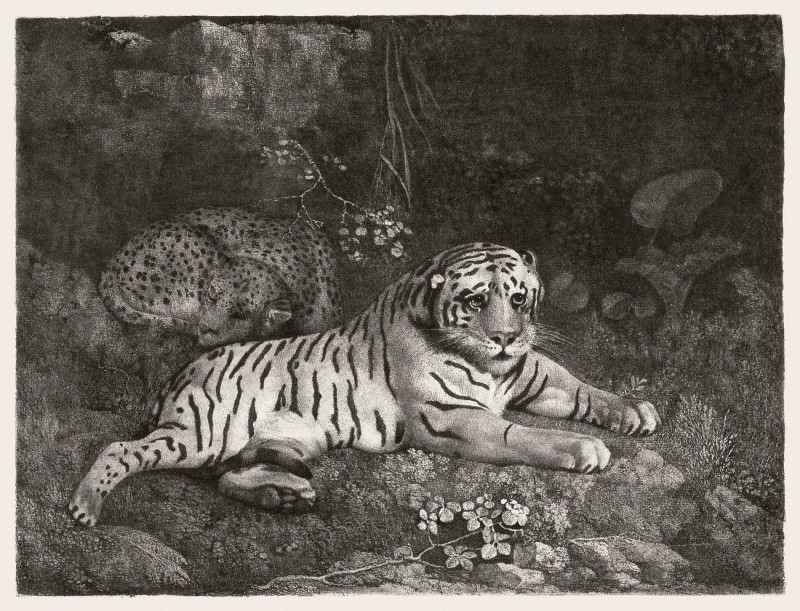
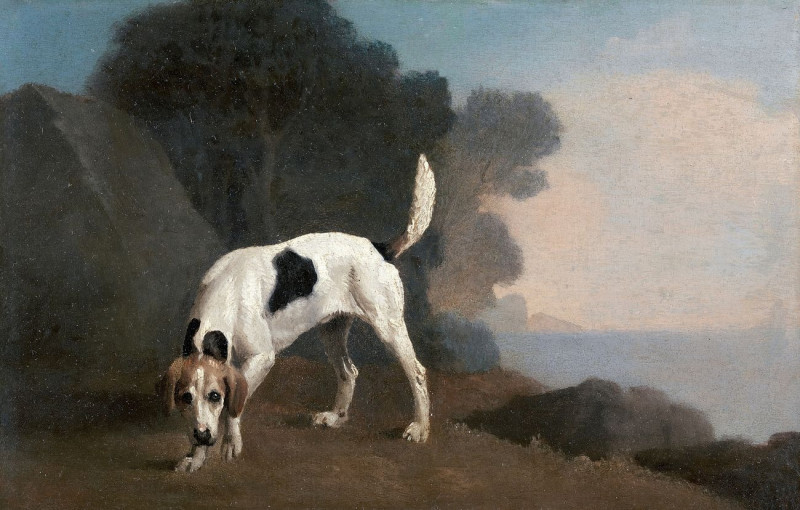
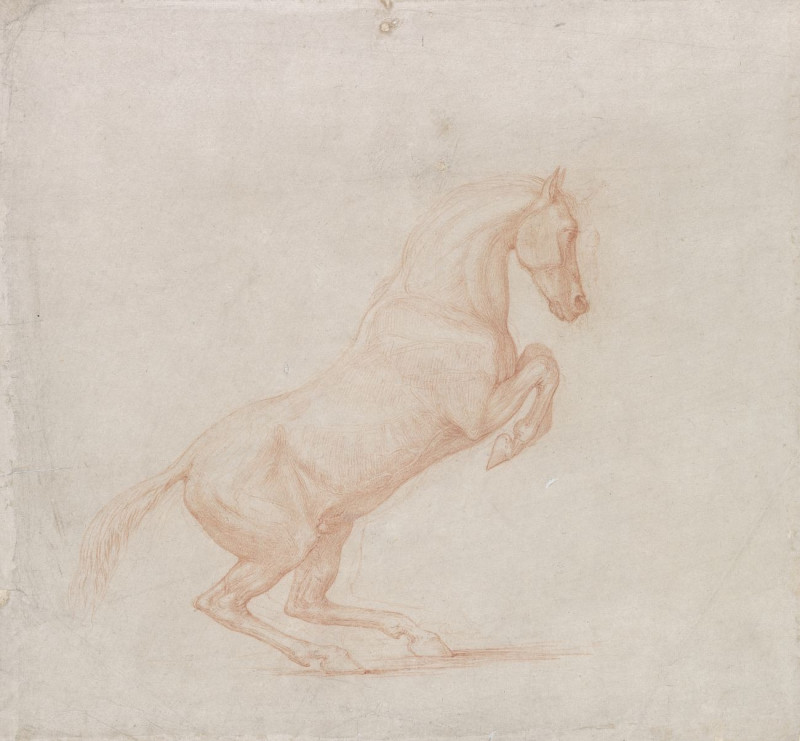
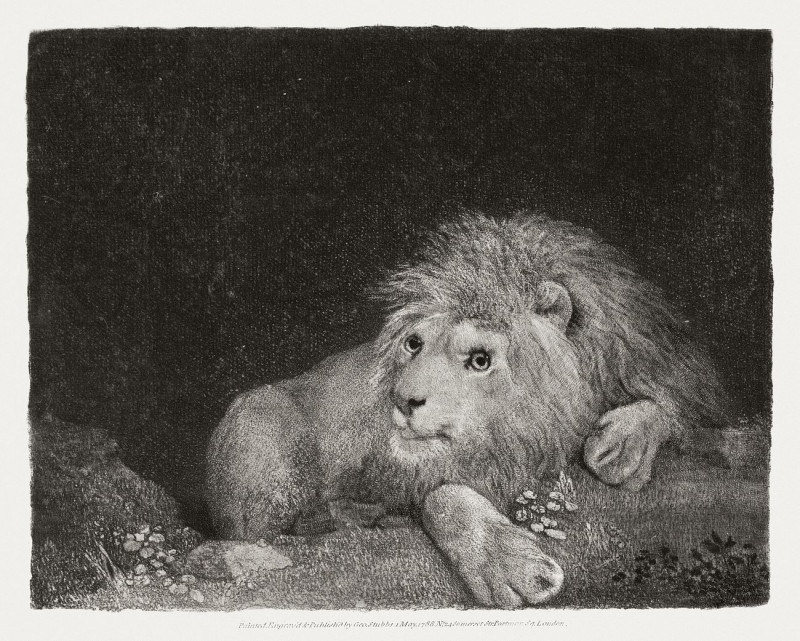


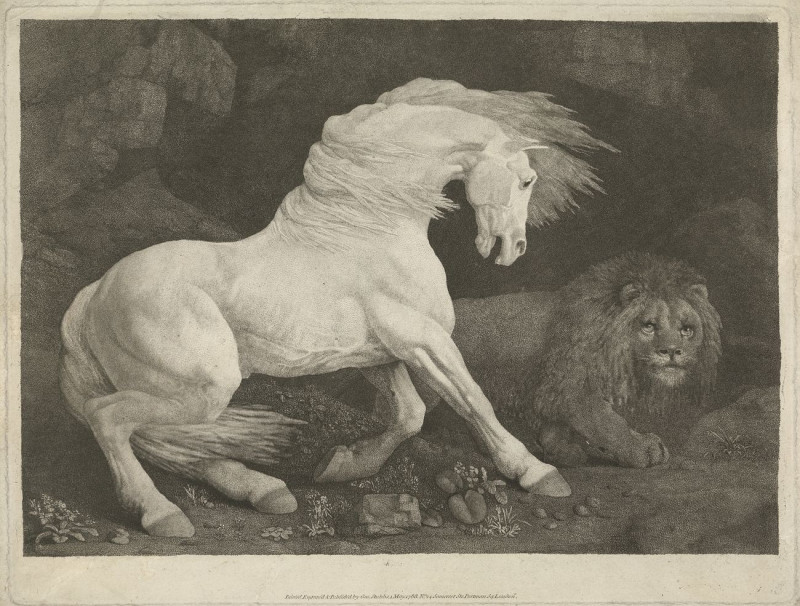
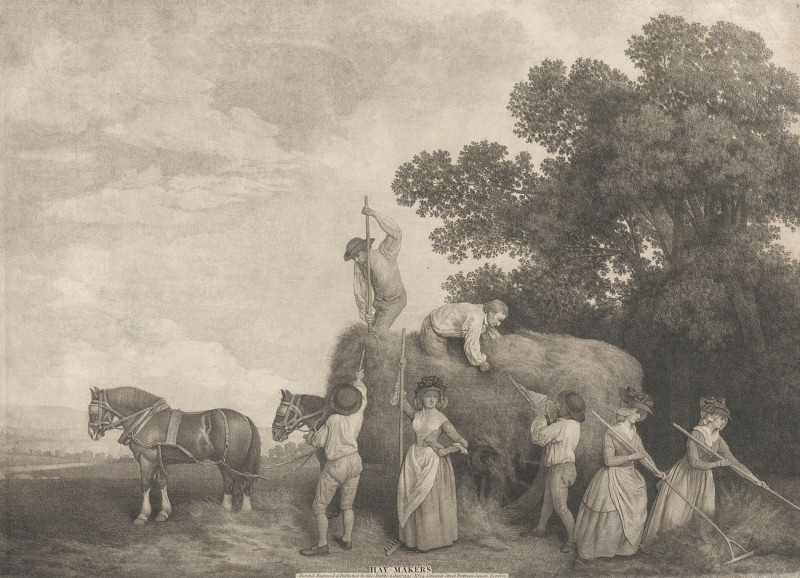
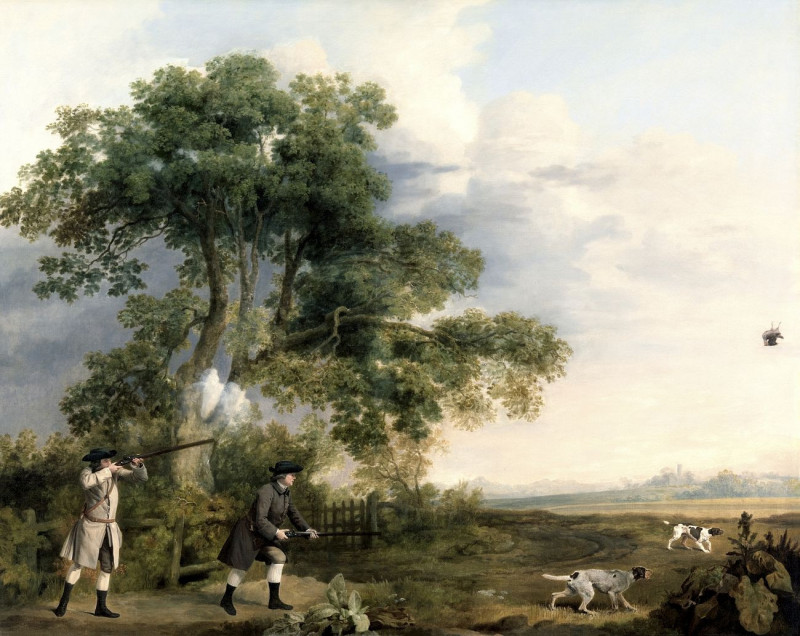
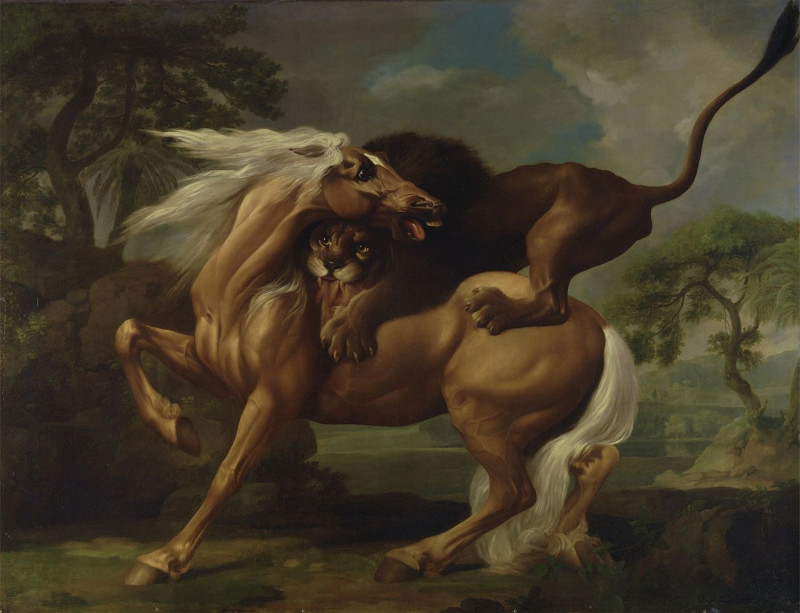
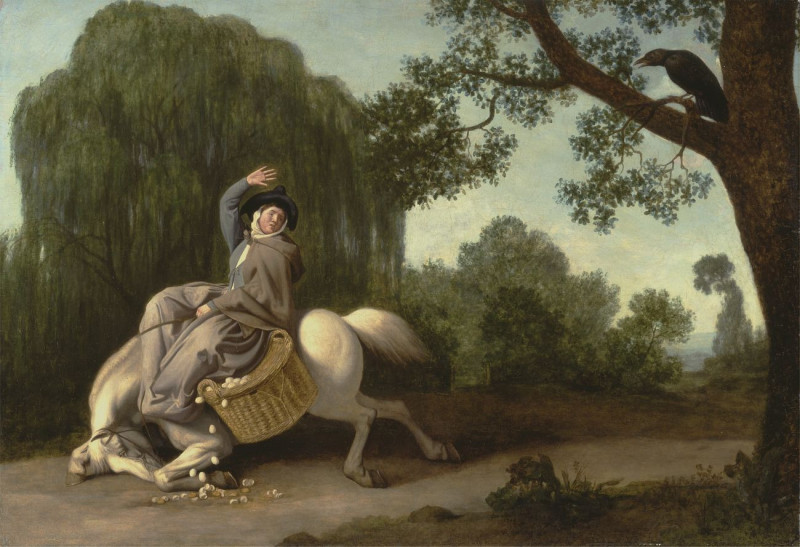
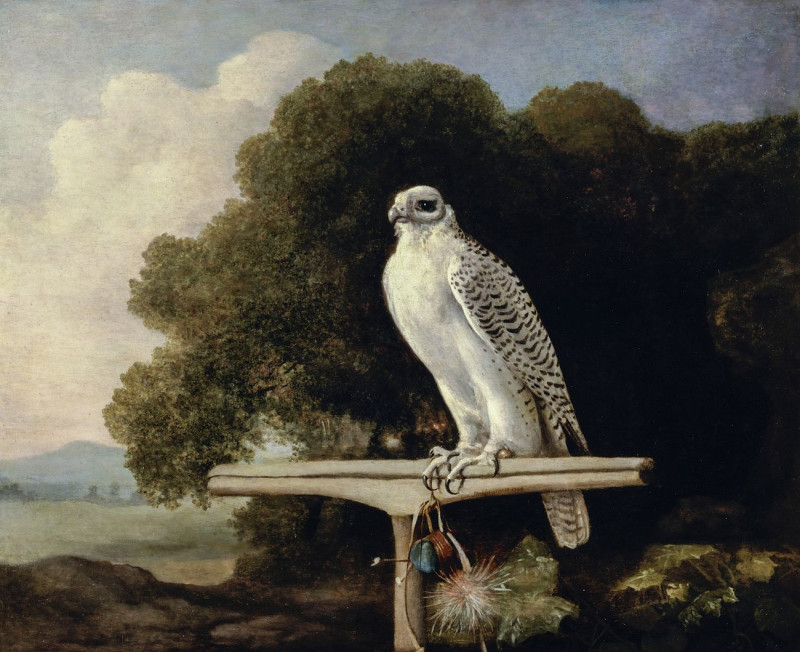


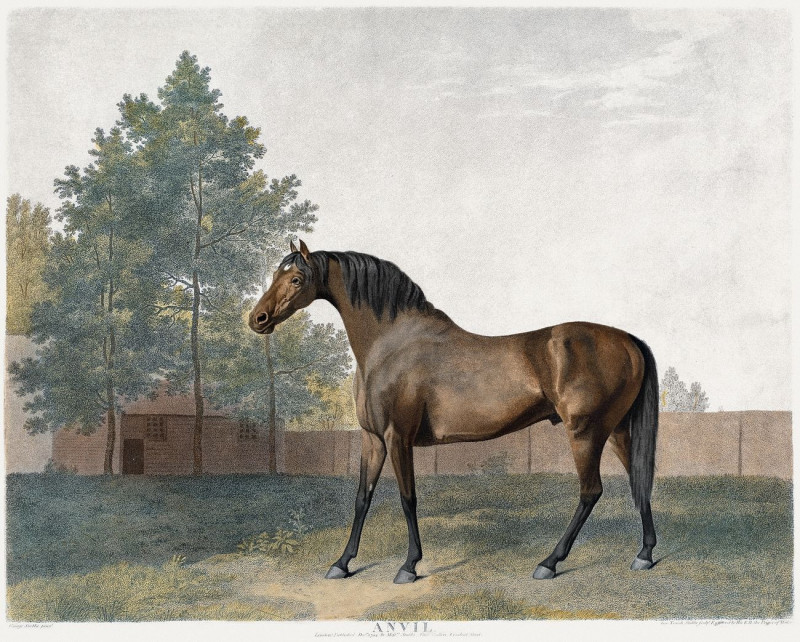
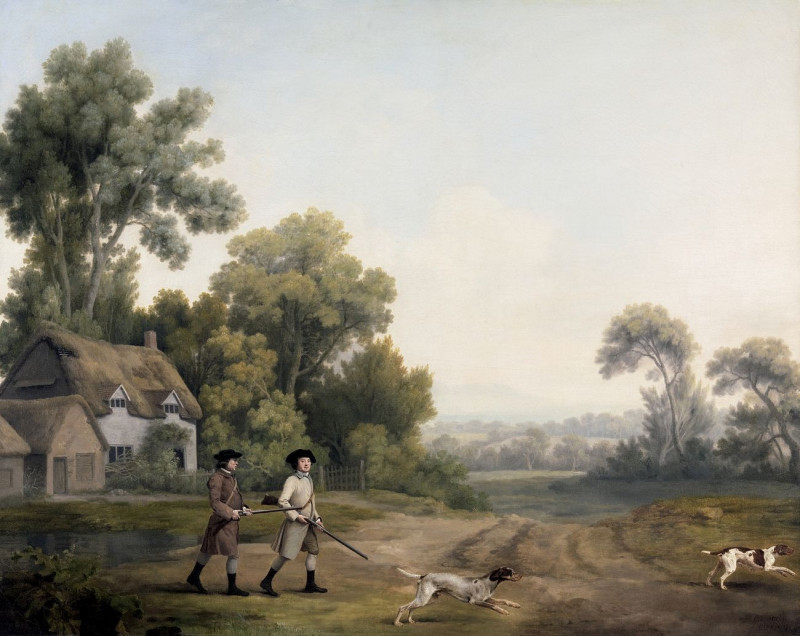
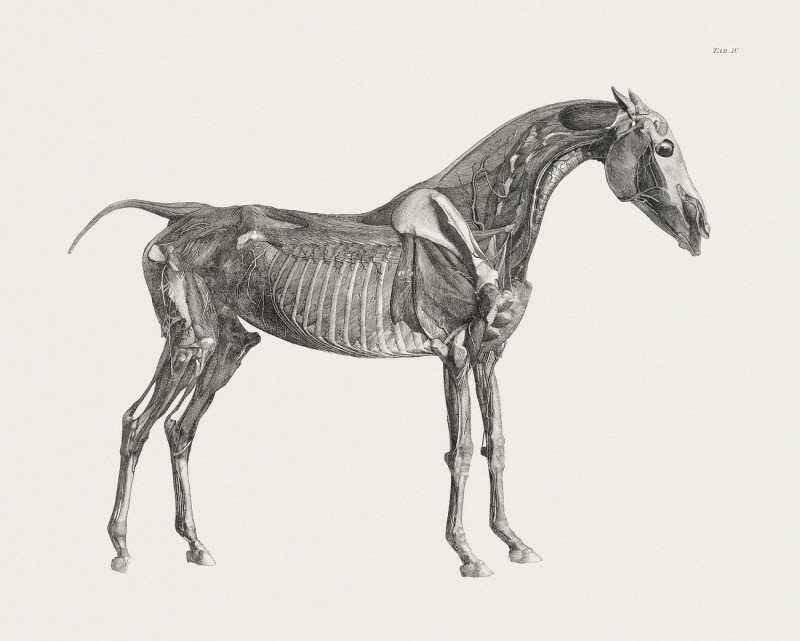
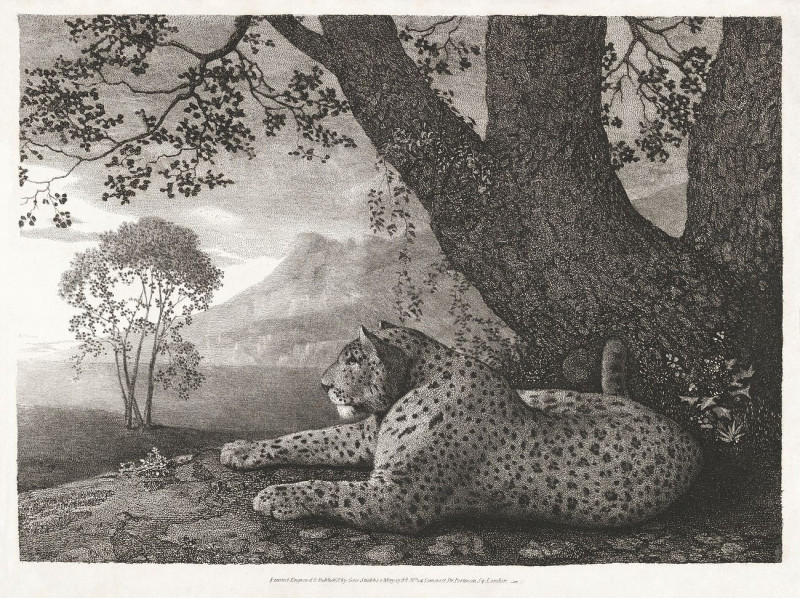
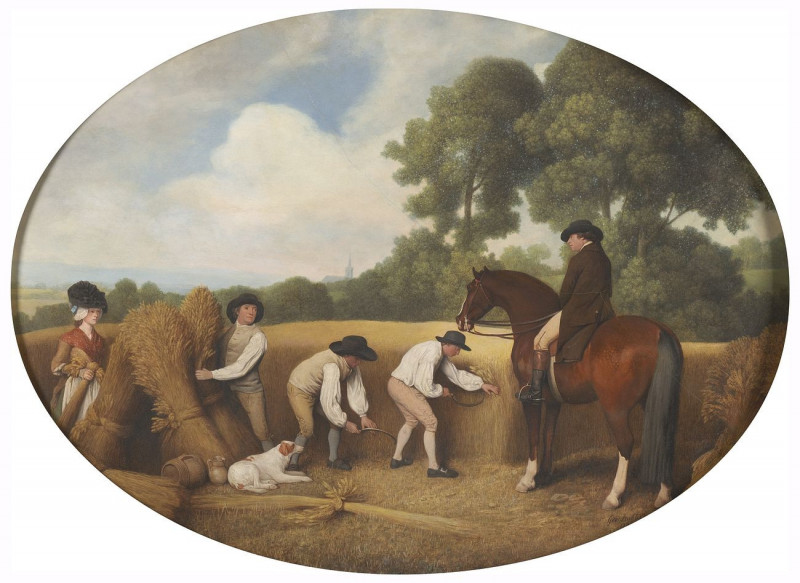

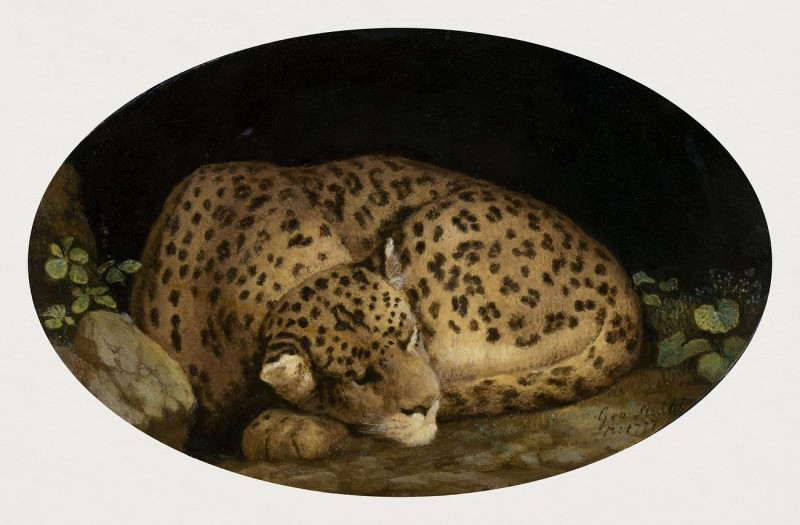
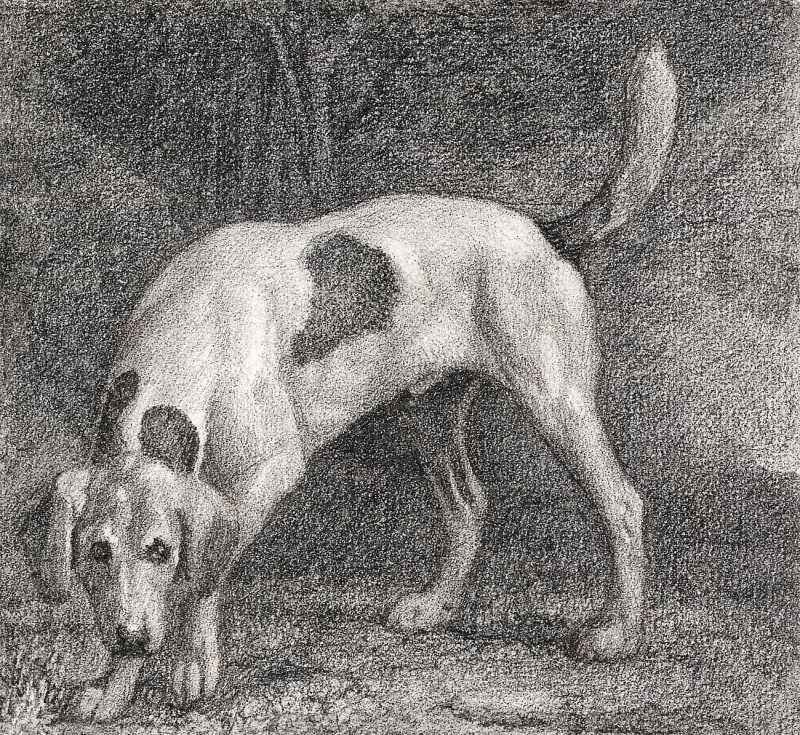
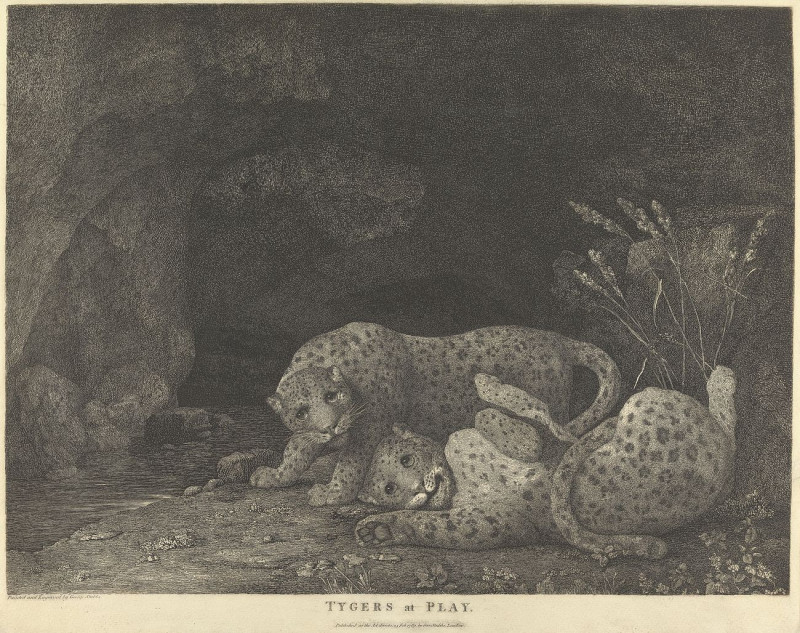

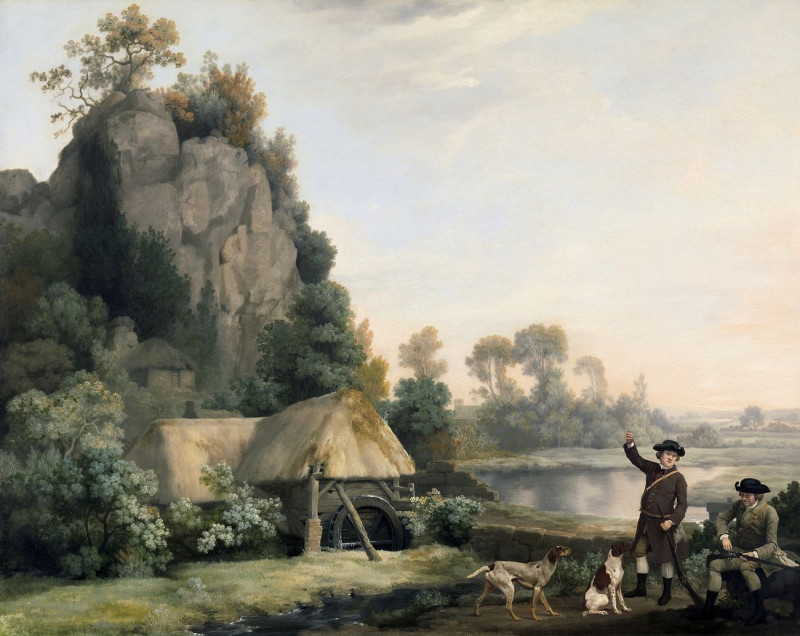
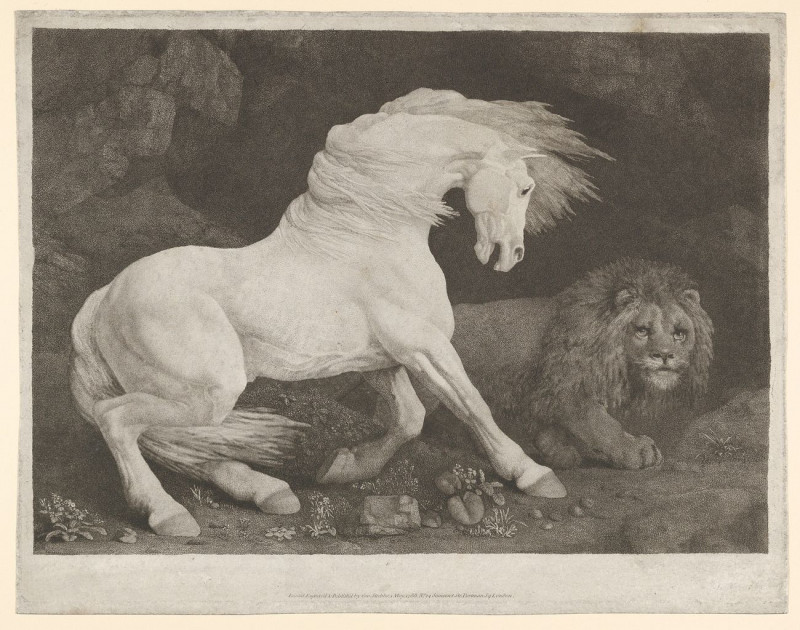
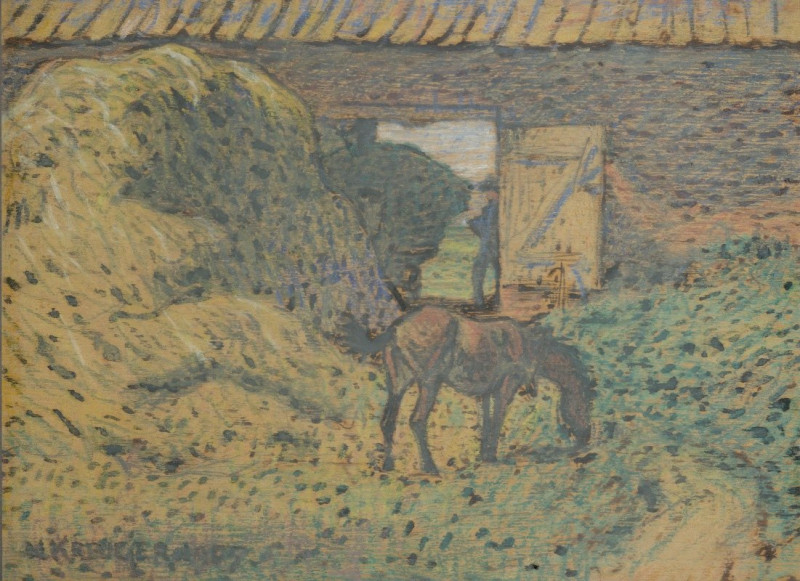
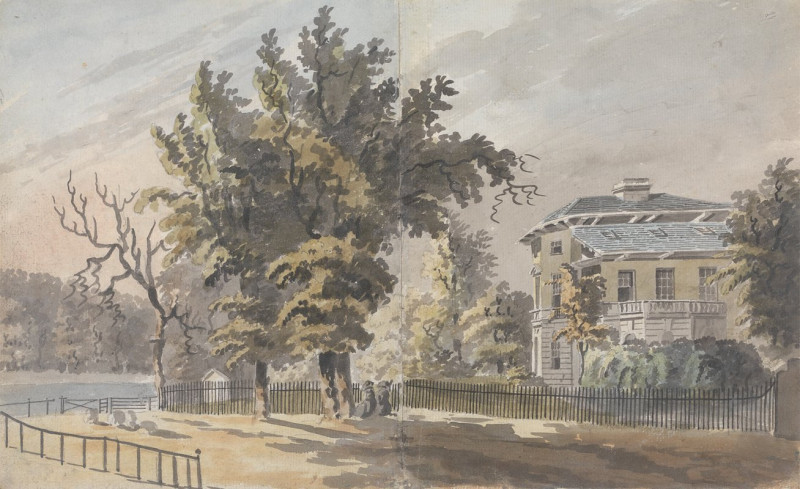
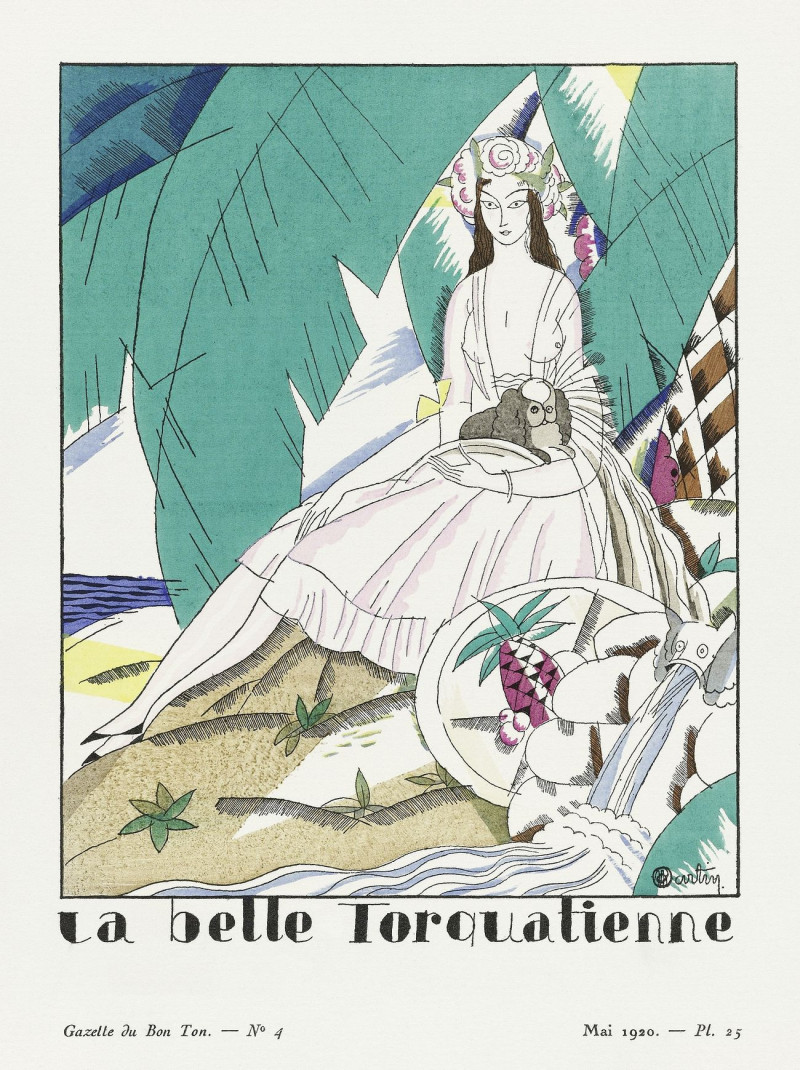
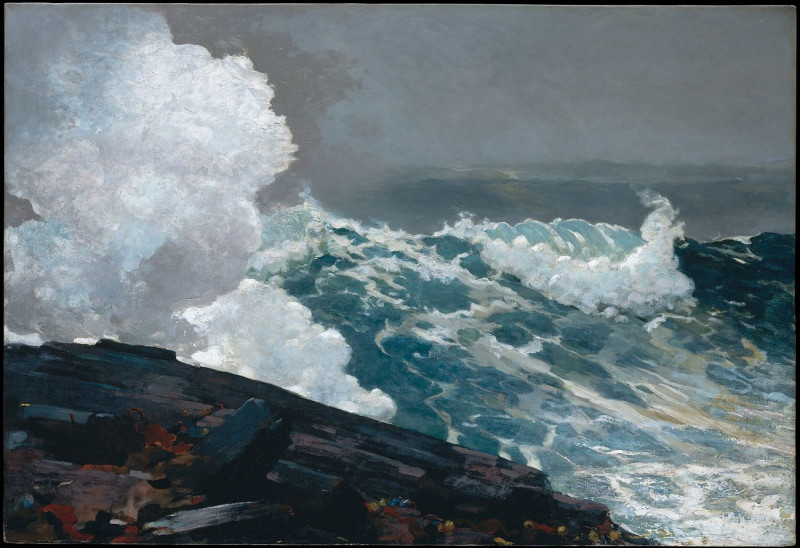
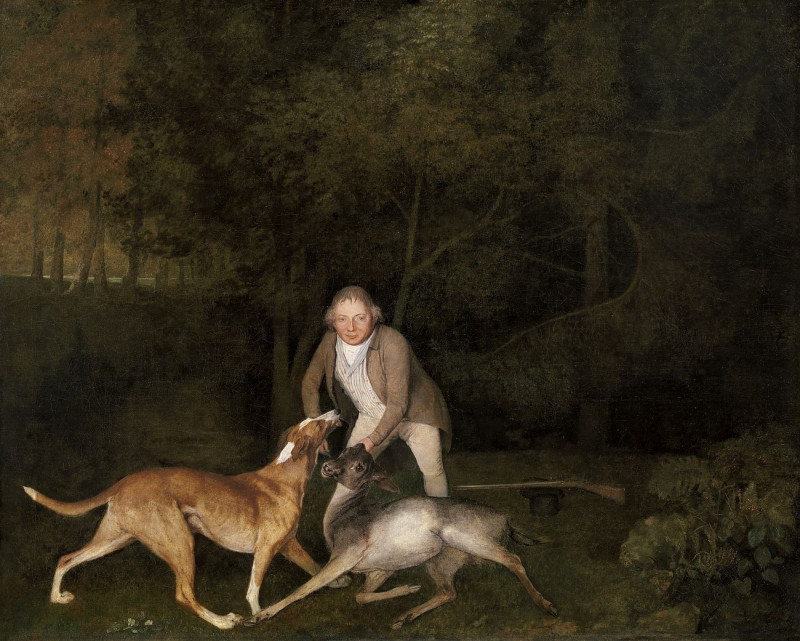

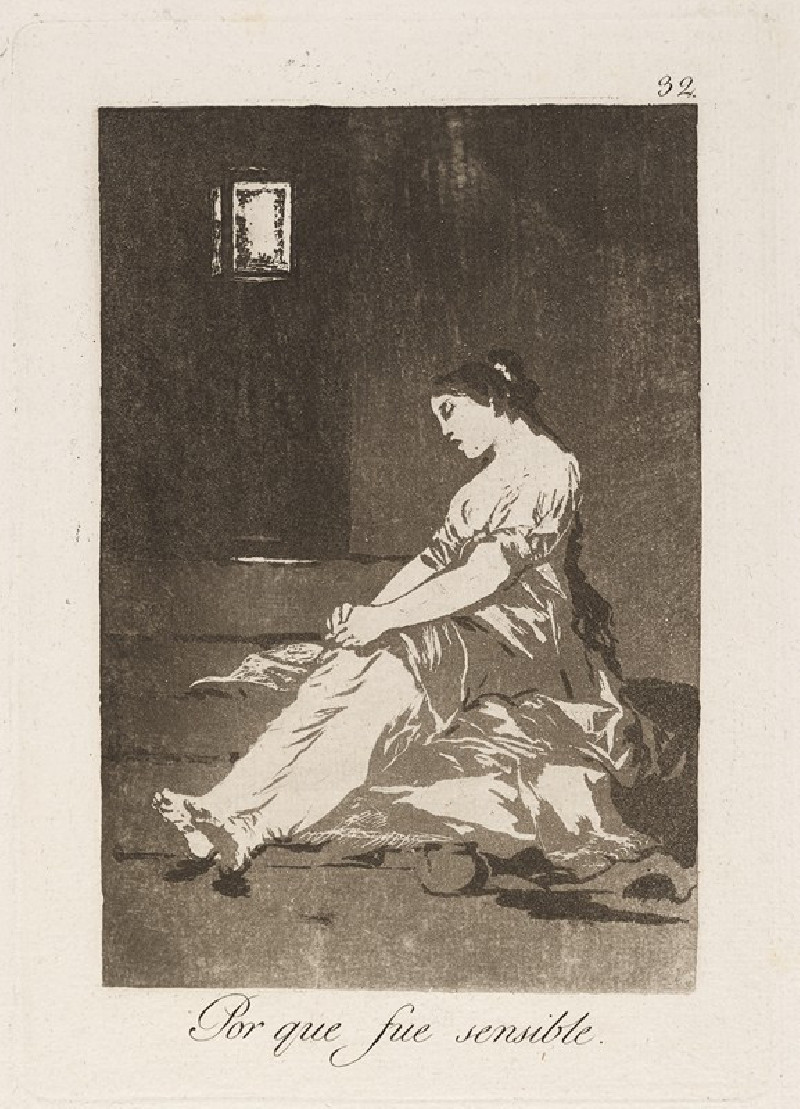
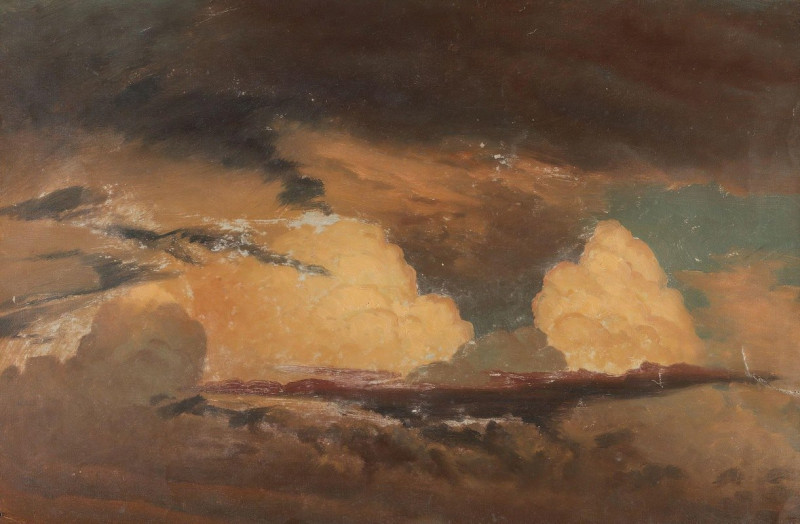
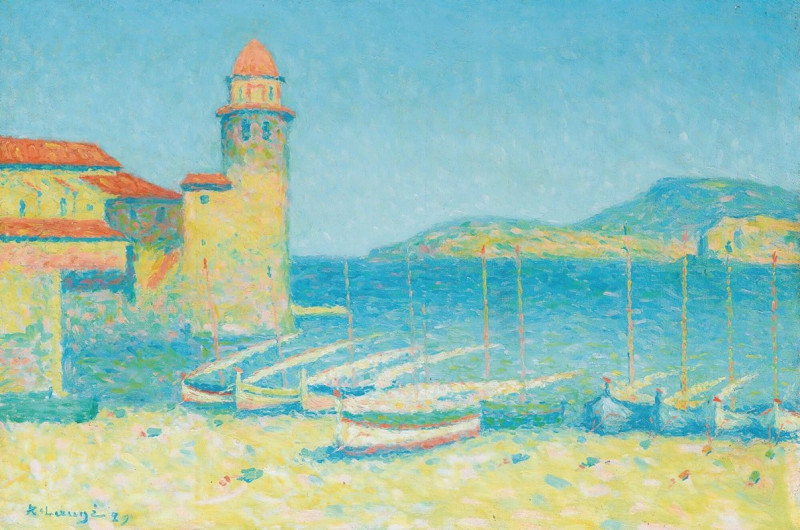
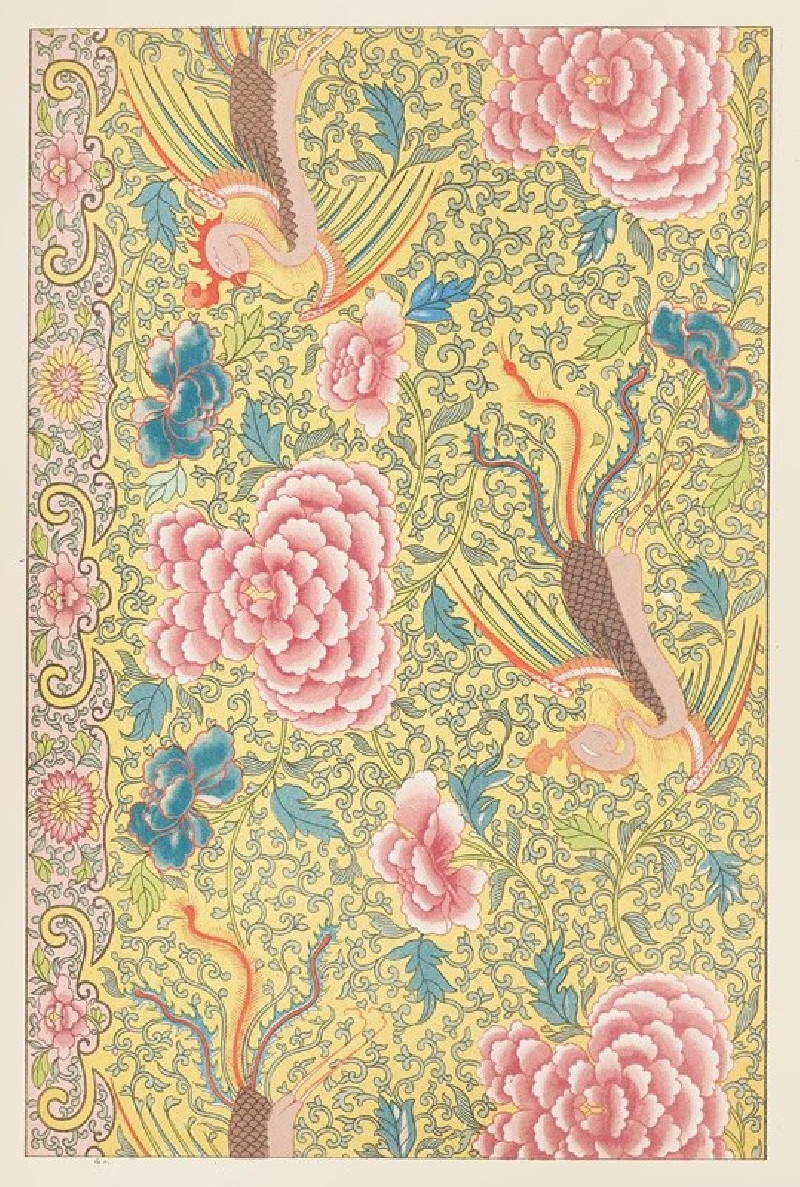

![Tasee Punchou [Tashi Phuntso] (1783) reproduction of painting by Samuel Davis. ALL GICLEE PRINTS](https://reprodukcijos.lt/47935-large_default/reproduction-of-tasee-punchou-tashi-phuntso-1783.jpg)
